Adam Storck and Tarun Varma will attempt Mt Blanc (4809m) and the Matterhorn (4478m) this summer to raise money for Streetlight Schools in Johannesburg, South Africa. In this blog post, Adam explains his passion for climbing and education reform.
[su_quote]Walk away in any direction and taste the freedom of the mountaineer. Camp out among the grasses and gentians of glacial meadows, in craggy garden nooks full of nature's darlings. Climb the mountains and get their good tidings, Nature's peace will flow into you as you as sunshine flows into trees. The winds will blow their own freshness into you and the storms their energy, while cares will drop off like autumn leaves. As age comes on, one source of enjoyment after another is closed, but nature's sources never fail. - John Muir; British explorer and mountaineer[/su_quote]
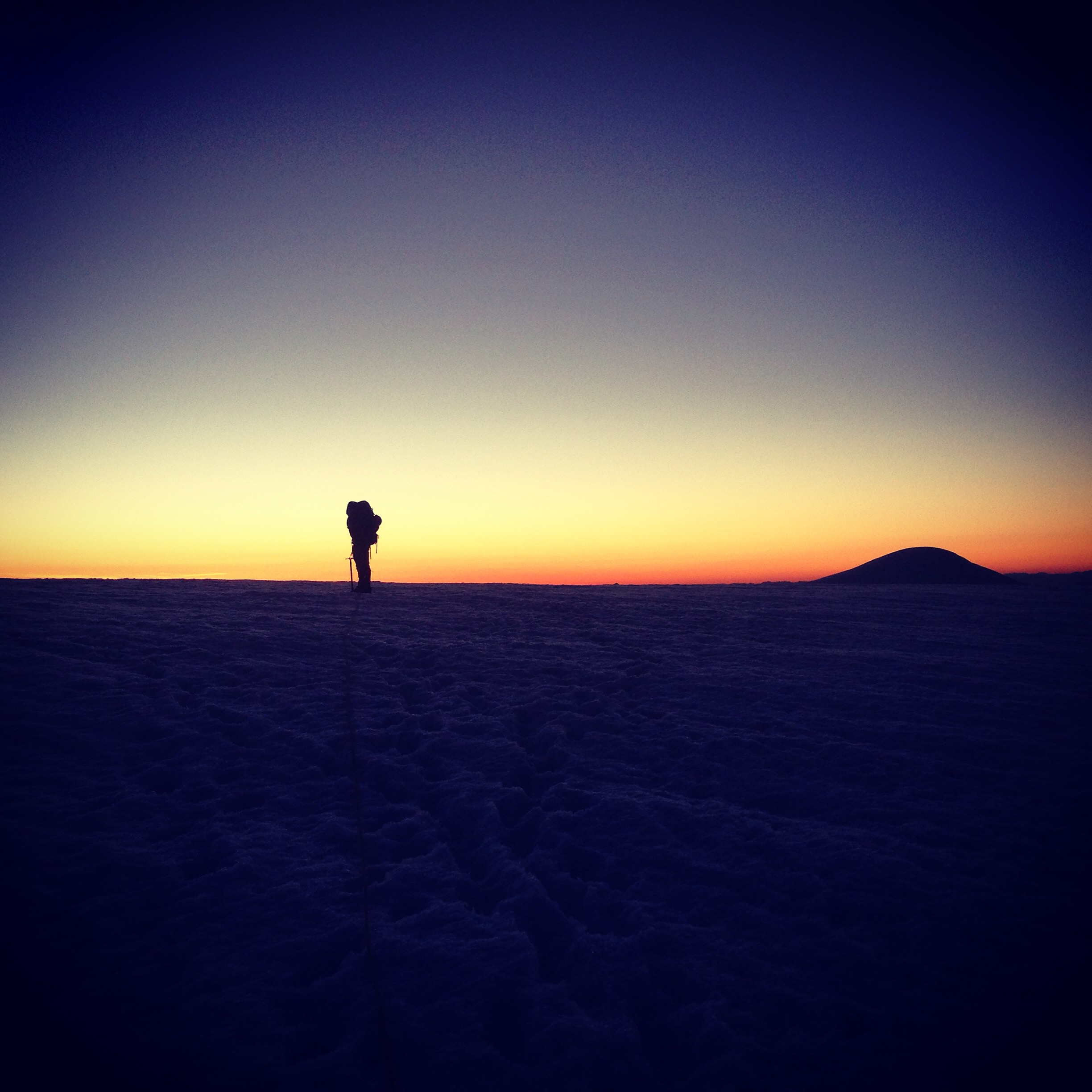
Mont Blanc. Matterhorn - These are names that inspire reverence in mountaineering communities around the globe. Any European mountaineer worth his or her salt has been atop the former. The latter is probably the most iconic mountain image in the world, with its gorgeous triangular shape dominating the border between Switzerland and Italy. This is where the sport was born, so it seems an apt place for us to begin our introduction to the Alps.
When Whitney Tilson, the American hedge fund manager and education reform thought leader, proposed a 5-day sprint up both mountains, Tarun Varma – my MBA classmate at Oxford – readily agreed, inviting me to come along because of our mutual interest in mountaineering and education. And so, for a third straight year, I will be spending America’s Independence Day chasing my own independence on the side of a mountain.
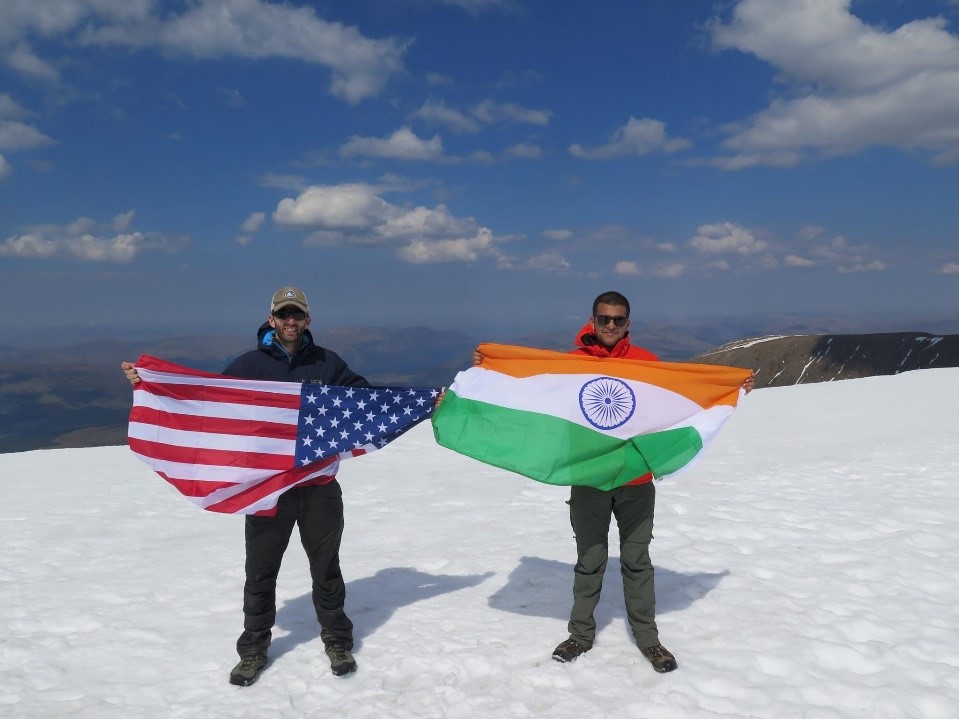
Hope, fear. Hope, fear - this is the fundamental rhythm of mountaineering. Life, it frequently seems in the mountains, is more intensely lived the closer one gets to its extinction: we never feel so alive as when we have nearly died.” ― Robert Macfarlane; Mountains of the Mind: A History of a Fascination
The mountains provide a refuge, a place of solitude, a feeling of oneness with the surroundings. Struggling, out of breath, exhausted, halfway up a massive chunk of rock, alone with your thoughts but connected to your team by the fragile 10mm nylon lifeline. It’s simultaneously the most isolated and the most communal of experiences; one of many contradictions that arise in the mountains. The serenity of the empty wilderness is punctuated by the violence of seracs and cornices falling from their tenuous precipices, cascading crushing, sometimes lethal, avalanches of snow to the valleys below. The silence across the uninhabited space is interrupted by a cacophonous symphony: the crash of rockfall, the rush of raging rivers, the heart-stopping whomp of snow settling beneath your step. The energizing force of first tracks in untouched scenery is juxtaposed by the feeling of being more exhausted, more frigid, and more miserable than ever before, gazing up at the distance left to ascend. The mountains give meaning to life, and just as indifferently take it away. It’s why those who have tasted the cool glacial air are always drawn back, addicted to the feeling.
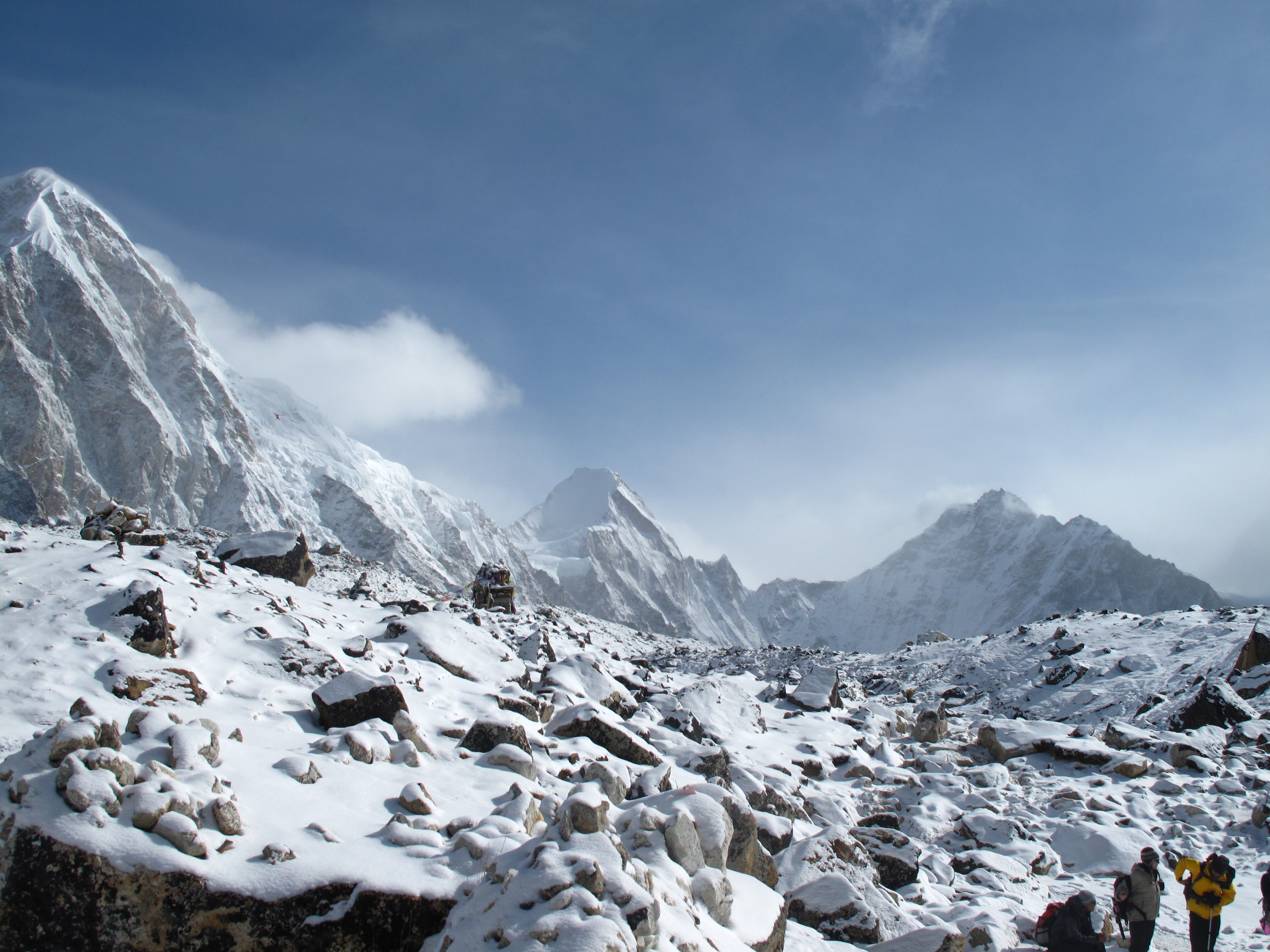
The mountains have called to me since I was a boy. Growing up in Seattle, I felt the presence of snow-capped peaks insulating my world every day. None was more alluring than Mount Rainier, the 14,411 foot tall volcano that stands constant watch over the city. A locus of American mountaineering, its beautiful glaciated slopes are like an icy magnet. I went on my first expedition at age 12, and I was hooked. My dad and I climbed most summers, tacking the volcanoes of Washington State one by one. Adams, Baker, Rainier. These were the challenges of my youth. Peak attempts were the ultimate battle with myself, continually going up, fighting through the pain and exhaustion, driving the brain to overcome the body, to overcome itself. All for the attainment of that exhilarating goal: standing atop.
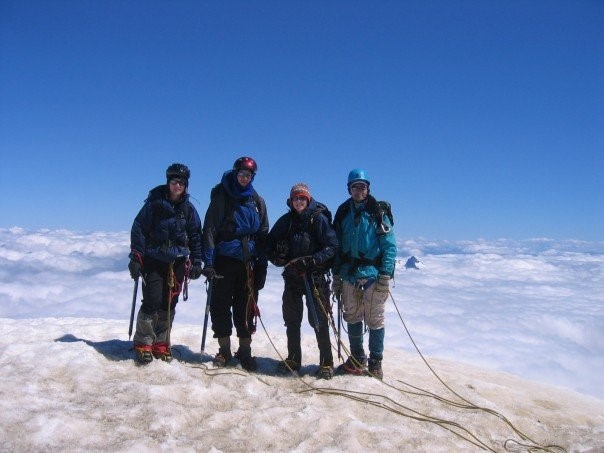
Tarun’s love for mountaineering was first stoked in the shadow of the Himalayas, his first 16 years spent gazing up at the roof of the world. Tarun's father climbed for the Indian Army, and throughout his childhood he saw pictures of his Dad's ascents, not to mention a huge wooden ice axe, carefully affixed in its place of honour among the Indian and regimental flags that adorned his father's study. Following his father's legacy, Tarun completed his Basic Mountaineering Course in 2008 and celebrated his 28th birthday on the Advanced Mountaineering Course in 2014. He has returned to the rocky heavens every year, regularly reaching heights greater than 5,000 meters (16,500 feet), tasting that rarefied air that all but a fortunate few have ever experienced. In 2009, Tarun stood atop the 5,900m Mt. Machoi, trekked on the frozen Zanskar River in Ladakh, hiked to Everest Base Camp Trek and celebrated his 25th birthday on the 22-day Annapurna Circuit trek.
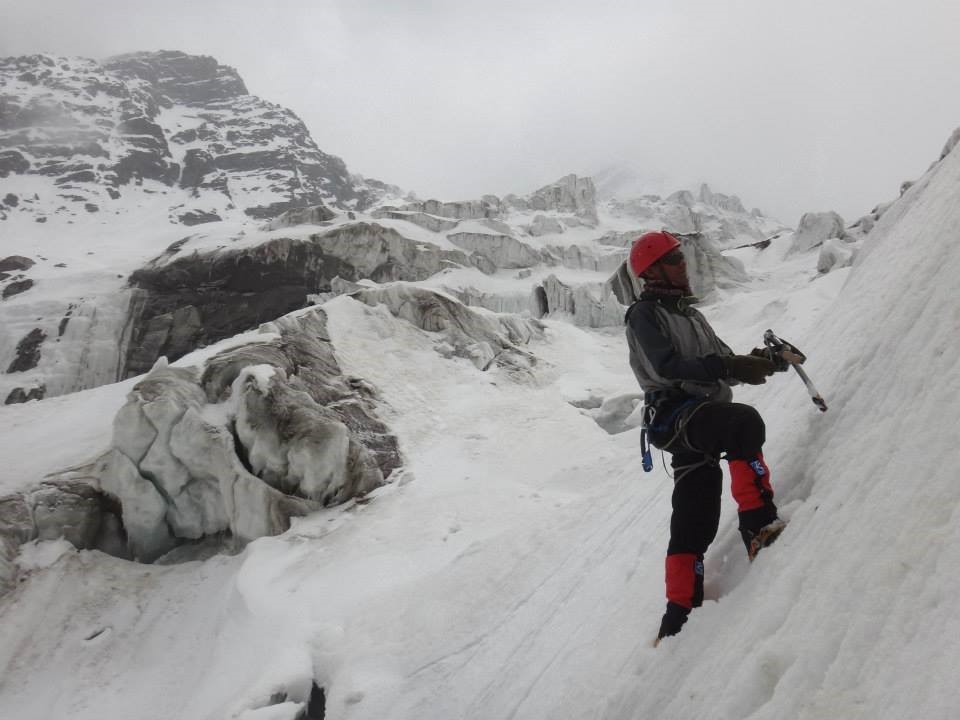
“Climb if you will, but remember that courage and strength are nought without prudence, and that a momentary negligence may destroy the happiness of a lifetime. Do nothing in haste; look well to each step; and from the beginning think what may be the end.” ― Edward Whymper; Scrambles Amongst the Alps
For all their beauty, mountains can be fickle paramores. Small mistakes can turn quickly to huge, and at times fatal, disasters. Every mountaineer (me included) has at least one story where, had a minor condition been different, they would not be around to tell it. Many have more than one. Returning from a tryst with the mountains safely and with a good experience in hand requires prerequisite education. The successful mountaineer must learn technical skills. He must learn how to observe and assess the environment. He must learn to be comfortable in the barren, cold landscape. He must learn to problem solve when uncertainty strikes, and to confidently make decisions when they are required. Most importantly, he must learn his own tremendous ability and understand that he alone is responsible for his decisions and actions.
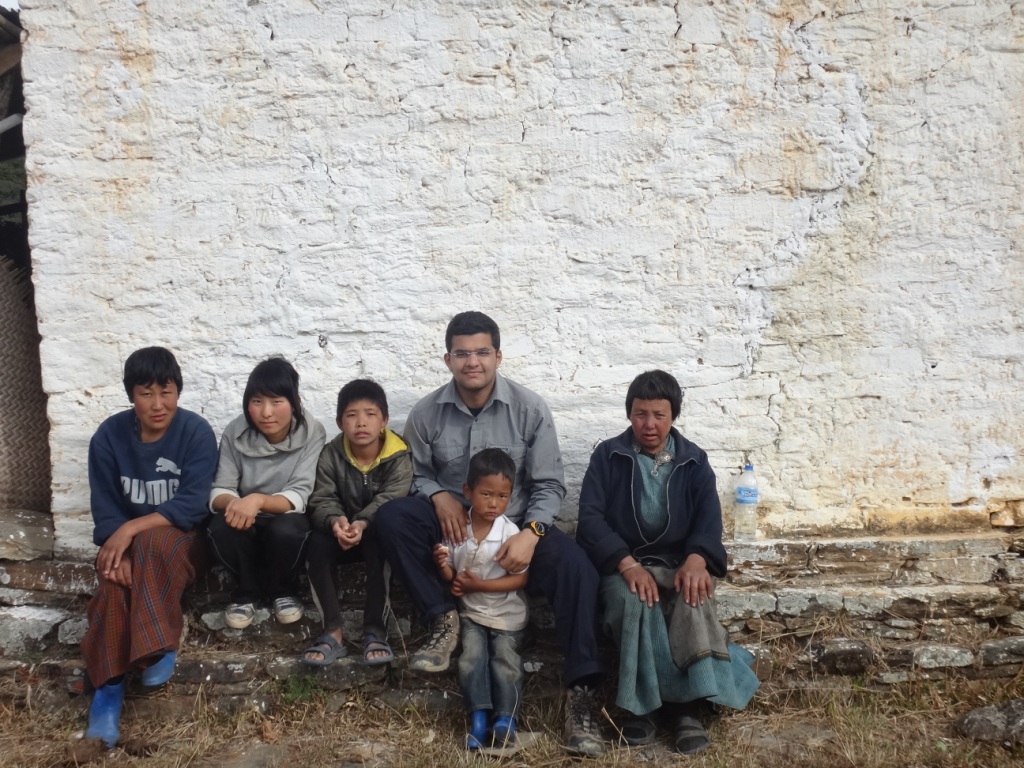
These lessons transcend the boundaries of the outdoors. People need to know how to think critically, how to analyze their environment, how to problem solve, and how to be comfortable making uncertain decisions. The pace of the workplace, and the pace of life more generally, demands it. Yet education institutions around the world underperform in this charge: we teach our children not to think, but to follow. A renaissance in education back to a more empowering ethos must start with schools. This is why both Tarun and I are entranced by education reform, by looking for models to follow.
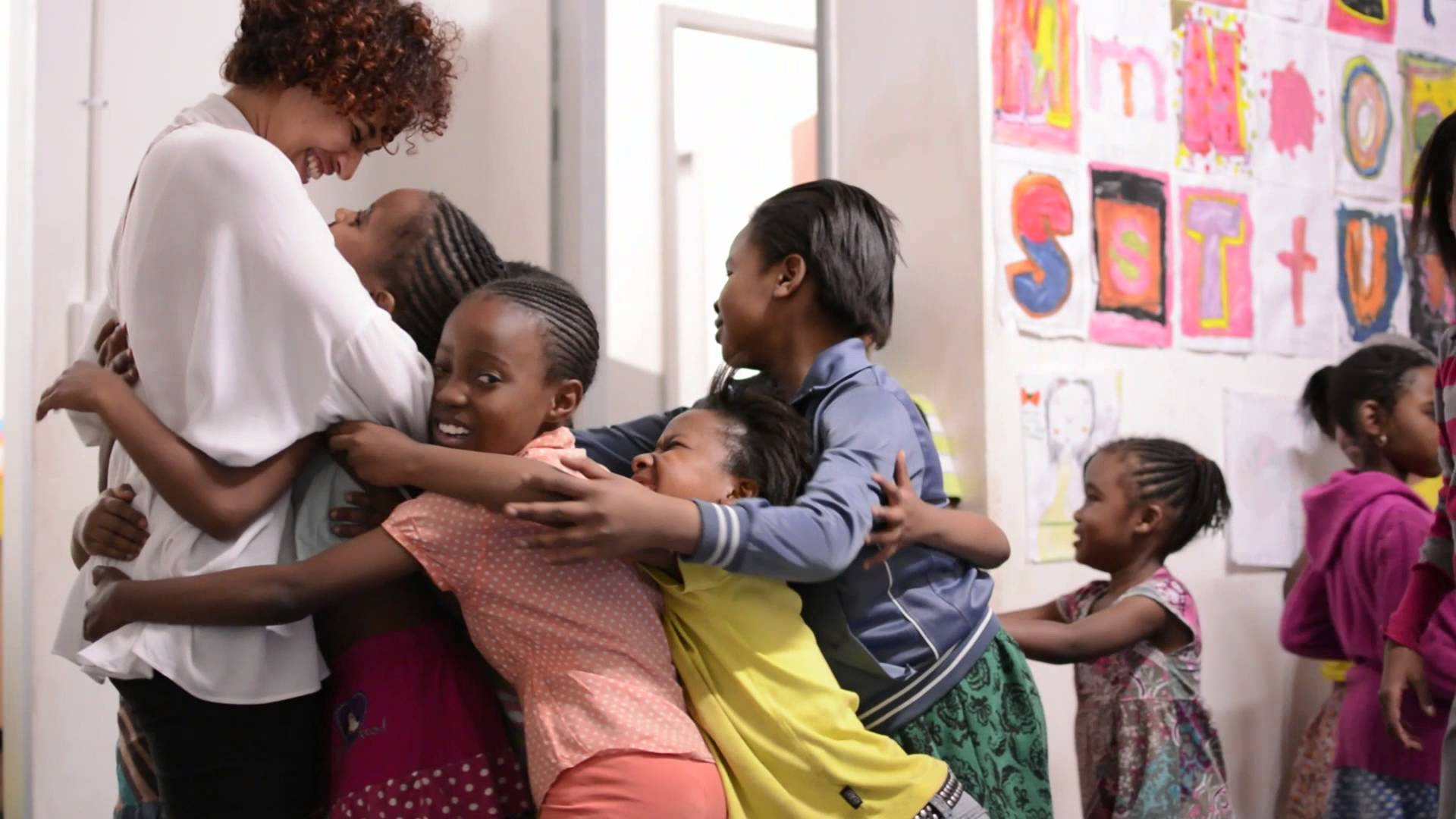
When we were introduced to Streetlight Schools, a new school that just opened in South Africa, Tarun and I both became instantly intrigued. Its model combines traditional teaching methodologies with student empowerment to drive the excitement for self-directed learning in its students. The students are expected to engage with their learning process, to take responsibility for what they know and for their actions.
And so, since our bond is built on the dual pillars of the outdoors and education, it seems only fitting to dedicate our climb to both pursuits; in conjunction with the climb we are raising £15,000 to support Streetlight Schools’ first year of operations. The climb’s organizer, Whitney, is also raising money for a school system – KIPP charter network in the U.S. – giving a decidedly education-focused flavor to our team’s goals. Please consider making a donation on our fundraising page. Whitney’s fundraising page is here.
“The rope connecting two men on a mountain is more than nylon protection; it is an organic thing that transmits subtle messages of intent and disposition from man to man; it is an extension of the tactile senses, a psychological bond, a wire along which currents of communication flow.” ― Trevanian; Author, The Eiger Sanction
The bond that Tarun and I have built this year over our mutual infatuation with the mountains and inspired interest in education binds us together much like the rope we will tie in to on July 2. It is the organic connection that will pull us forward together, toward our goal of two iconic summits in five days, toward our goal of invigorating a school doing amazing work with a population that desperately needs quality education, and toward our goal of bringing about positive change in education around the world. We eagerly drive forward on both fronts, looking fondly forward to the day we will stand atop the peaks, looking over the intoxicating beauty of the landscape below with the knowledge that our efforts have contributed to building a better world.
From 30th June to 5th July 2016 Adam Storck is climbing Mt Blanc and the Matterhorn to raise money for Streetlight Schools in Johnanesburg, South Africa. The team comprises Tarun Varma, American Investor Whitney Tilson, and former US Navy SEAL Mark James. Watch out for an expedition journal from Tarun and Adam, to be published this summer, detailing the climb.
Feature Image: Walking on Nabesna Glacier in Alaska (Image © Adam Storck)









